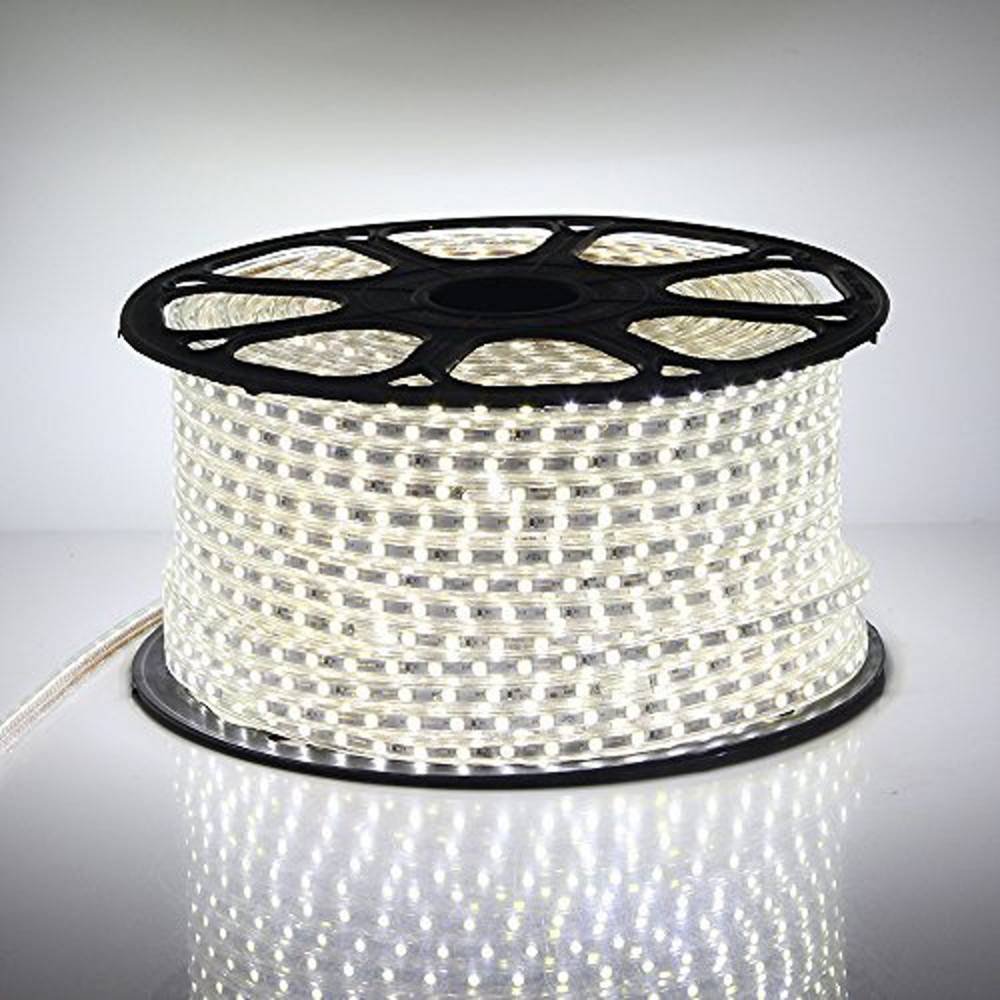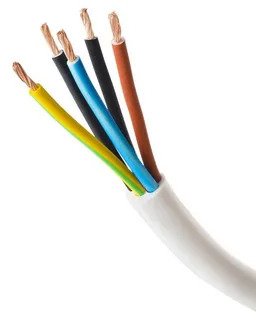Introduction
Choosing the right electrical cable can feel like navigating a maze, especially when you’re faced with terms like “twin & earth cable” and “flexible cable.”
Each has its own strengths and ideal applications, so how do you know which to pick?
This article delves into the specifications of these cables to help you make an informed decision for your specific needs.
Understanding Twin & Earth Cable
What is Twin & Earth Cable?
Twin & earth cable, often called T&E, is a widely used type of electrical wiring.
It’s a staple in the UK for domestic wiring but also finds its place in other applications. The name comes from its construction: two insulated conductors (the ‘twin’) and an uninsulated earth wire (the ‘earth’).
Structure and Composition
This cable typically consists of:
- Two Insulated Conductors: Usually made of copper, providing the main path for electrical current.
- Bare Earth Wire: This uninsulated wire is crucial for grounding and safety.
- Outer Sheath: Made of PVC, this protects the internal wires and provides insulation.
Common Applications
Twin & earth cable is commonly used in:
- Domestic Wiring: For general power circuits and lighting.
- Fixed Installations: Such as wall-mounted lights or power outlets.
- Internal Applications: Inside walls, floors, and ceilings where flexibility isn’t crucial.
Advantages of Twin & Earth Cable
- Safety Features
One of the key advantages of twin & earth cable is its built-in earth wire, which enhances safety by providing a path for fault currents.
- Ease of Installation
Twin & earth cable is relatively stiff, making it easier to feed through walls and ceilings without kinking. It’s also straightforward to strip and connect.
Cost-Effectiveness
Compared to more complex cables, twin & earth cable is usually less expensive, making it a budget-friendly choice for many installations.
Understanding Flexible Cable
What is Flexible Cable?
Flexible cable, sometimes called flex, is designed to endure frequent movement and bending. It’s commonly used in portable appliances and situations where the cable must move without damage.
Structure and Composition
Flexible cables typically feature:
- Stranded Conductors: Multiple thin strands of copper twisted together to enhance flexibility.
- Insulation: Often a more flexible PVC or rubber.
- Outer Sheath: Made from a durable and flexible material to protect the internal conductors.
Common Applications
Flexible cables are perfect for:
- Portable Appliances: Such as vacuum cleaners, power tools, and lamps.
- Movable Installations: Where the cable needs to bend or twist.
- Temporary Wiring: For events or temporary setups where cables are frequently moved.
Advantages of Flexible Cable
- Superior Flexibility
The primary benefit is its flexibility.
Flexible cables can handle a lot of bending and twisting without damage, making them ideal for applications that require movement.
- Versatility in Applications
From domestic appliances to industrial equipment, flexible cables can be used almost anywhere movement is a factor.
- Durability in Challenging Conditions
Flexible cables are designed to withstand harsh conditions, including temperature fluctuations and mechanical stress.
Which Cable Meets Residential Needs?
Most home wiring can be done using twin & earth cable. It is best used for fixed installations such as lighting circuits and power points.
Which Cable Meets Commercial or Industrial Needs?
Commercial settings usually have more complex wiring systems where flexible cables are necessary for connecting movable equipment and appliances.
Practical Selection Tips
Fixed Installations: Use twin & earth cable.
Movable or Harsh Environments: Use flexible cable.
Budget Constraints: Weigh costs against performance requirements but take into account budget limitations too if any exist before making final decision on type of cable to buy for use in any project area within premises concerned whether private house, office block etc..
In Conclusion
To sum up, twin and earth cables are commonly used for fixed indoor wiring jobs in homes as they offer a safe option which is also cost effective at the same time.
Meanwhile, flexible cables are costlier but better suited for environments where movement or durability is essential. The decision between these two will depend on specific needs, budget considerations and installation location among other factors.
Frequently Asked Questions (FAQs)
Q: What is twin & earth cable mainly designed for?
Twin & earth cable is primarily installed as part of the fixed wiring system in domestic premises including lighting circuits and power points among others.
Q: Can I use flexible wires outside my house?
Yes, provided flexible cables have suitable insulation plus protective covering against weather elements so that they can withstand outdoor conditions without developing faults easily
Q: How do I know whether to go for twin & earth cable or flexible wire when doing some wiring at my place?
It depends on where you want to use the cable within your house. If there is need for fixed connection inside the building then twin & earth cable should be used but if one requires mobility outside or flexibility in between different parts of his/her home such as during renovations etcetera then using flex would be more appropriate.
Q: Are flexible cables safe enough?
Yes, provided they are rated according to usage and installed correctly so that there won’t be any durability issues with them while being used over a long period of time in terms of insulation protection.
Q: What are some new developments relating to electrical cords?
Some emerging trends include environmentally friendly insulating materials, self healing cords as well improved fire resistant properties.









 Bayonet - B22
Bayonet - B22




 Recessed Blue & white
Recessed Blue & white



 Recessed Cool White
Recessed Cool White





 Surface Mount
Surface Mount






















 Monocolor
Monocolor



























